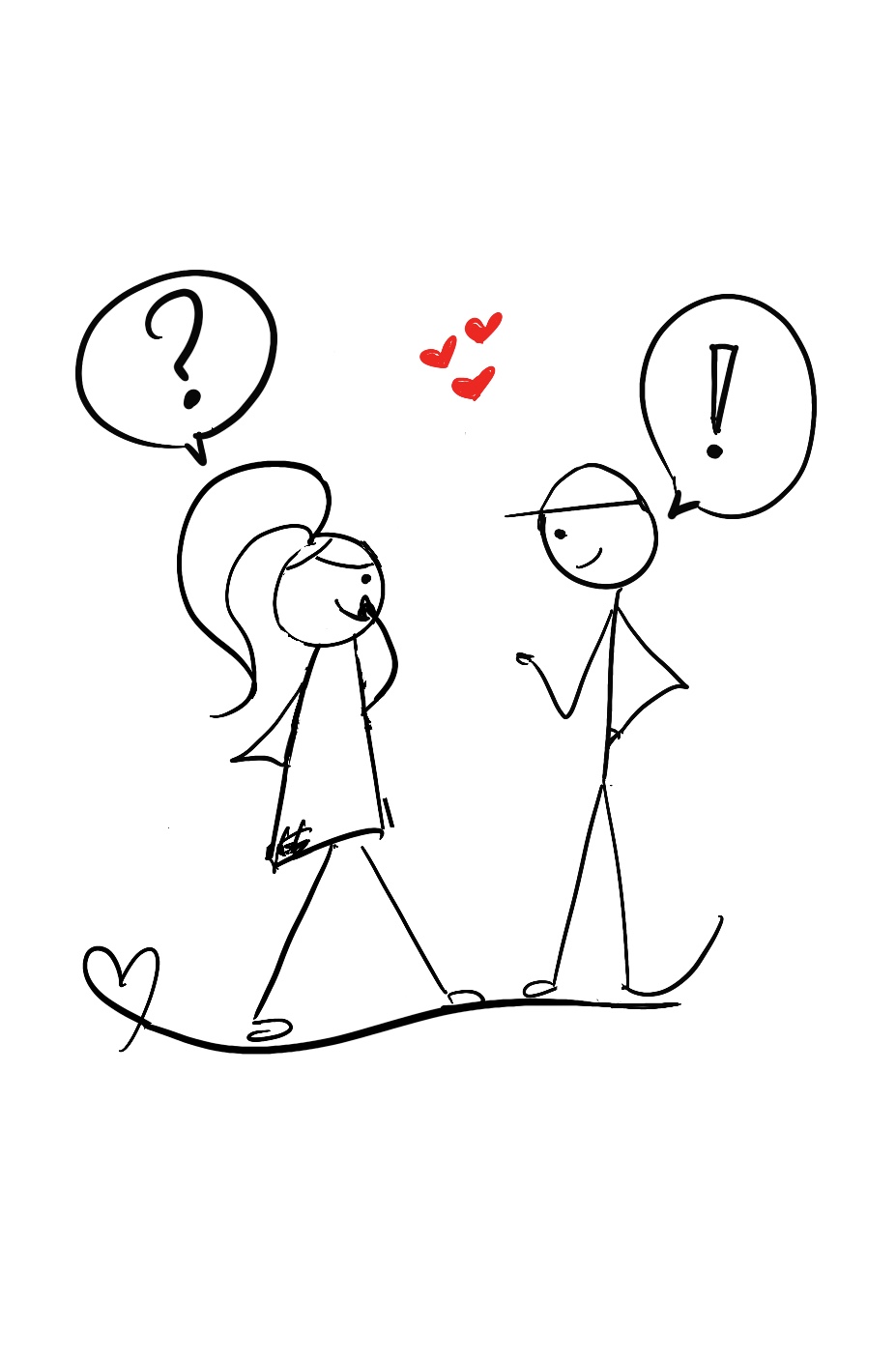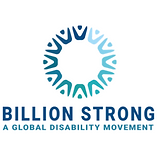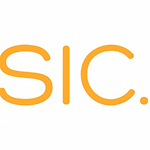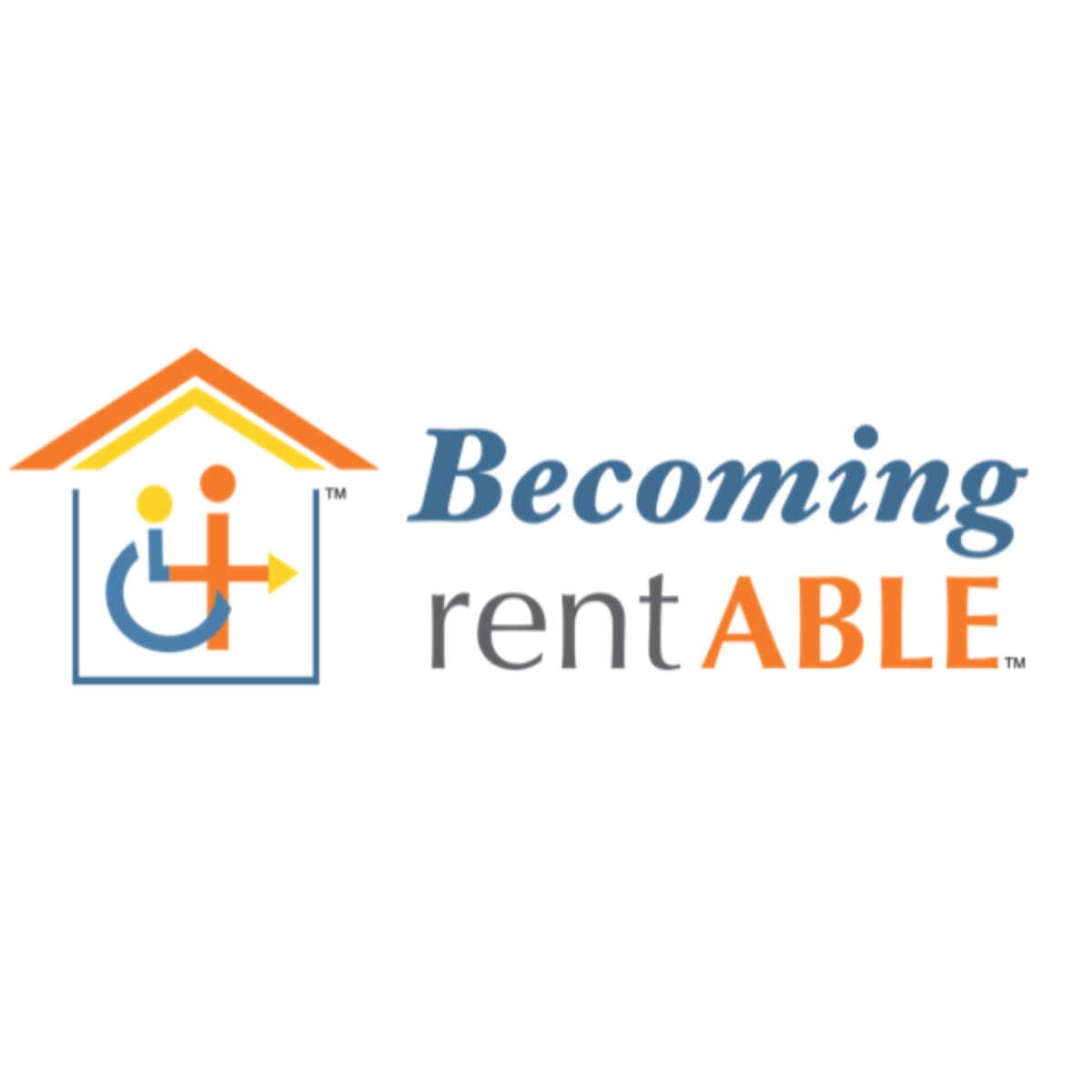How to Design Accessible Toilets For Blind People (And Create a Brand That Builds Trust)
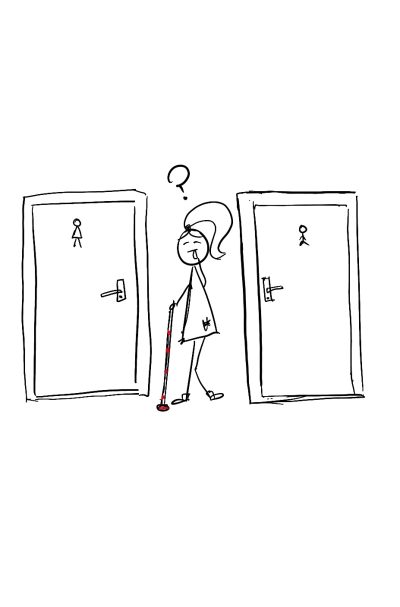
In this disability-exclusive world do you ever wonder why businesses would care about accessible toilets for blind people?
I have.
I didn’t understand why businesses would think about accessible toilets when the world is packed with toilets designed for people without disabilities.
Now I’ve learned that mindset was flawed. Phew!
You see, when I started posting on LinkedIn about accessible toilets, a new world opened up. I connected with people across the world. People who started listening to my advice—and more importantly, people who used it.
So, why is creating accessible toilets for blind people important for your business?
Let's take a look.
Creating a smooth toilet experience is like nurturing a friendship
When your friendship gets estranged, it starts to crack and break down. Talking to each other becomes harder. And perhaps the friendship might even die.
To be a trusting friend, you first create a safe space (our guide dog school's therapist recommends, being a safe space for your friend), and open the lines of communication to reduce friction and prevent frizzle.
When designing your accessible toilet, you do exactly the same.
First, you create a safe space—you eliminate barriers and replace inaccessible facilities. And then, you provide trustworthy information for a silky smooth toilet experience.
Lucy Edwards, is a UK based blind broadcaster says:
"Businesses have to meet certain building regulations like doors opening outwards which is helpful for me and Molly because if it opened inward I might get Molly's paws trapped and that would be awful."
I know what you're thinking:
But, what if my business doesn't have a blind employee or blind customers using our toilets?
According to a recent report from the International Agency for the Prevention of Blindness's Vision Atlas, Western Europe has 32.4 million blind people, and by 2050 the numbers are expected to rise to a whopping 49.7 million.
That's a lot of blind people who would feel delighted to use your accessible toilets.
For the record, here's a table showing the growing numbers of people with blindness in Western Europe, North America, South East Asia, North Africa, and the Middle East from 2020 to 2050.
| Regions | 2020 | 2050 |
| Western Europe | 32.4 million | 49.7 million |
| North America | 18.2 million | 28.8 million |
| South East Asia | 94.7 million | 163.1 million |
| North Africa and Middle East | 53.8 million | 116.1 million |
Do you see how huge this is?
So, how can you design the faultlessly accessible toilets blind people so desperately desire?
Research and understand your user’s needs
When you design with a blind person in mind the most amazing thing in the world happens.
You open yourself up and gain an understanding of the needs of blind people.
This is important when you're designing for accessibility and crucial if you're looking to create a disability-inclusive business culture. So, get to know blind people, ask them about their preferences, and listen to their perspectives.
For now, here are ten features to get you started building accessible toilets for blind people.
1. Use Braille description (tactile labels) for visual signs like the toilet door symbol, and warning signs like the fire alarm.
2. Provide audio assistance to navigate the toilet room.
3. Use contrasting colors for the door handles and door frames.
4. Use appropriate lighting.
5. Use colour contrasting for walls and floors.
6. Provide an auditory alarm in case of a fire.
7. Provide an emergency chord alarm (not the same as a fire alarm) that is identifiable and visible.
8. Use the correct level of contrast for surface fittings and support bars.
9. Clearly define the toilet roll dispenser and provide hand wipes for blind people to quickly clean their hands before touching their cane and finding the sink.
10. Create enough space inside or outside the toilet room for guide dogs and make sure doors open inward.
Sure, building an accessible toilet can cost, but you'll get the money back as your client list expands.
And the best part is, you'll create that delightful disability-inclusive culture your employees desire.
Make your disability-inclusive business feel like a kind friend
The truth is as a business owner it's hard to neglect accessibility if you want to be inclusive.
And integrating accessible toilets is more than just offering accommodations. It's about providing services, products, and an inclusive workplace. It's about creating a brand that builds trust.
So go ahead, be a kind friend to blind people, and show the world why you're a true business leader.

